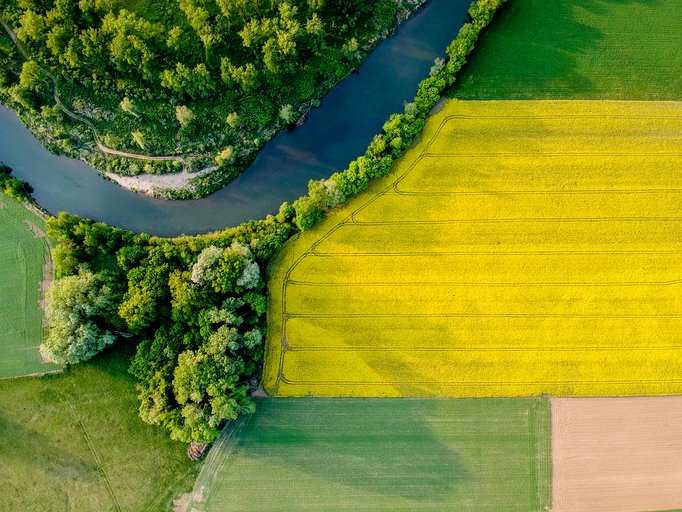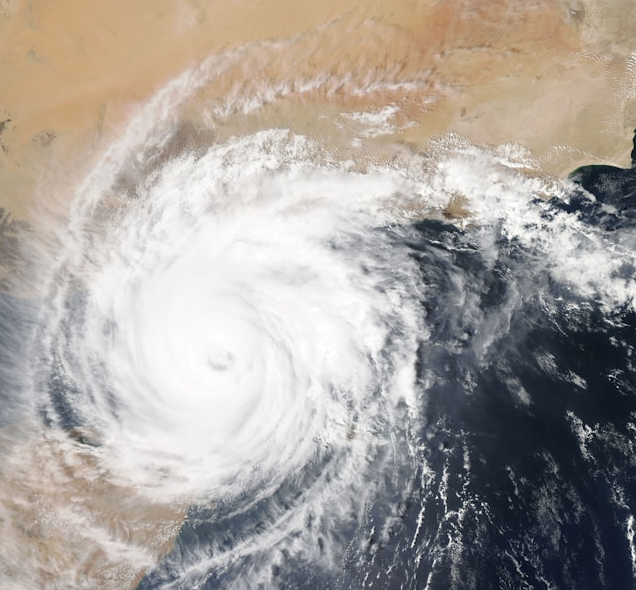2025 Wrapped: The Year Nature Became Impossible to Ignore
For years, nature-related risk sat in a grey zone - acknowledged, discussed, but rarely acted on. In 2025, that changed. Rules became clearer....

In early 2025, we spoke with 13 sustainability leaders across sectors to understand how organisations are engaging with nature. These conversations were part of a focused product sprint at Natcap to ensure our tools reflect the real challenges and priorities companies face. What we heard was revealing: while frameworks like the TNFD are on everyone’s radar, the real momentum is coming from elsewhere. Nature is rising up the agenda, but not without friction. Here’s what we learned.
Nature is no longer just a disclosure obligation. Organisations are increasingly acting because of real business concerns, from supply chain resilience and raw material dependencies to investor scrutiny and reputational risk.
ESG ratings and investor expectations came up repeatedly as more urgent drivers than regulatory timelines. Several leaders pointed to climate volatility and input price shocks as catalysts for more site-specific attention to nature-related risks, especially in agriculture, retail, and manufacturing.
Despite intent, the ability to act on nature remains constrained by data limitations. Many participants described persistent frustration around sourcing usable, site-level data, particularly beyond tier 1 suppliers. Overreliance on manual processes like Excel makes matters worse.
This lack of operational credibility undermines internal influence and slows decision-making. Food systems, in particular, were cited as suffering from inconsistent sourcing detail and fragmented traceability.
Even as climate and carbon strategies mature, nature continues to sit on the sidelines. Few companies have integrated nature into enterprise risk management or into tools used by finance, procurement or operations.
This disconnect reinforces the perception that nature is a “nice to have”, more CSR than core. But this also signals where the opportunity lies: reframing nature in terms that resonate with operational priorities, like supply security, is starting to un-silo nature, paving the way for clearer ownership and faster integration.
4. Data Must Be Local, Financial and Actionable
Across sectors, a consistent message came through: if nature data isn’t specific, practical, and business-aligned, it won’t get used. Companies need tools that connect the dots, from ecological impact to supply risk, operational decision, or financial exposure.
This means moving beyond global averages and biodiversity scores, and toward site- or asset-level outputs that guide real decisions, whether at a sourcing origin, factory gate, or boardroom.
5. Framework Fatigue Is Real
While nature frameworks have helped raise awareness, they’re also overwhelming teams. Multiple leaders described “framework spaghetti”, overlapping demands, duplicate assessments, and unclear pathways to action.
Unless companies can align reporting efforts with internal priorities and real-world value, there’s a risk of disillusionment and slowdown.
6. But Appetite to Act Is Growing
Despite all of this, the intent to move beyond compliance is strong. Many participants shared plans to expand their nature assessments in 2025, not to tick a box, but because they now have internal buy-in. Executive support is growing, especially when nature is framed through the lens of material business risk.
This shift presents a strategic opportunity: companies that embed nature into core functions like finance, procurement, and operations are better positioned to anticipate disruption, build resilience, and unlock long-term value.
Where We Go From Here
Nature is rapidly climbing the corporate agenda. In 2025, the conversation is maturing, from frameworks to financials, from awareness to action. But to keep momentum, companies need tools that close the gap between ecological data and operational decision-making. At Natcap, we’re building with this in mind: grounded, credible insights that help sustainability leaders influence where it matters most.
If you’re navigating this landscape and want to help shape what comes next, we’d love to hear from you.
Get in touch with the team if would like to discuss how we can help accelerate your nature strategy.

For years, nature-related risk sat in a grey zone - acknowledged, discussed, but rarely acted on. In 2025, that changed. Rules became clearer....

The heterogenous character of nature complicates the measuring of nature-related dependencies, impacts, risks and opportunities in a supply chain....

Nature-related risks in supply chains are increasingly recognised as material threats to business stability and reputation. For most companies the...